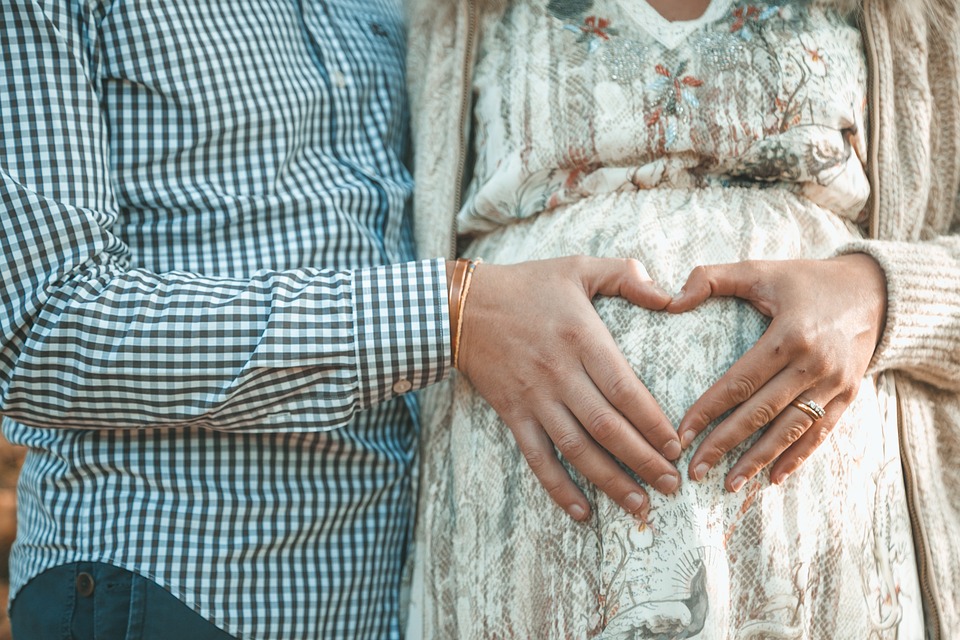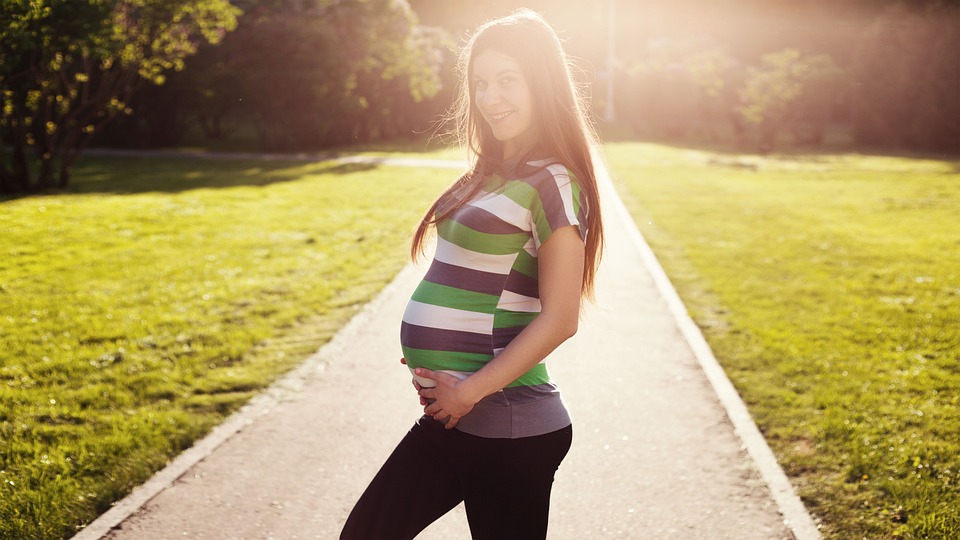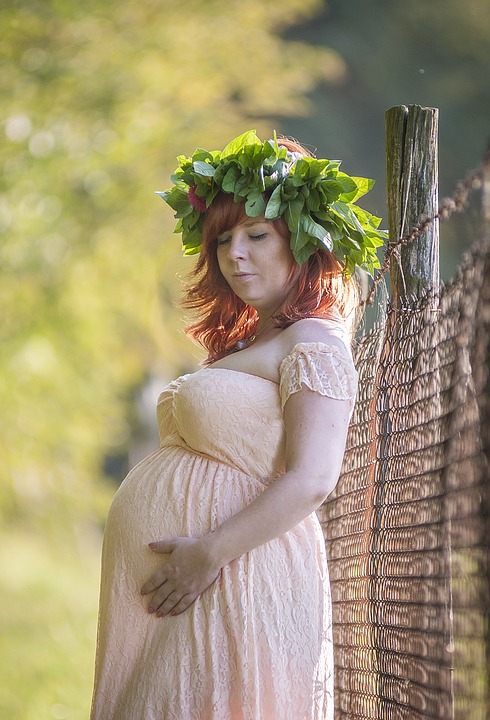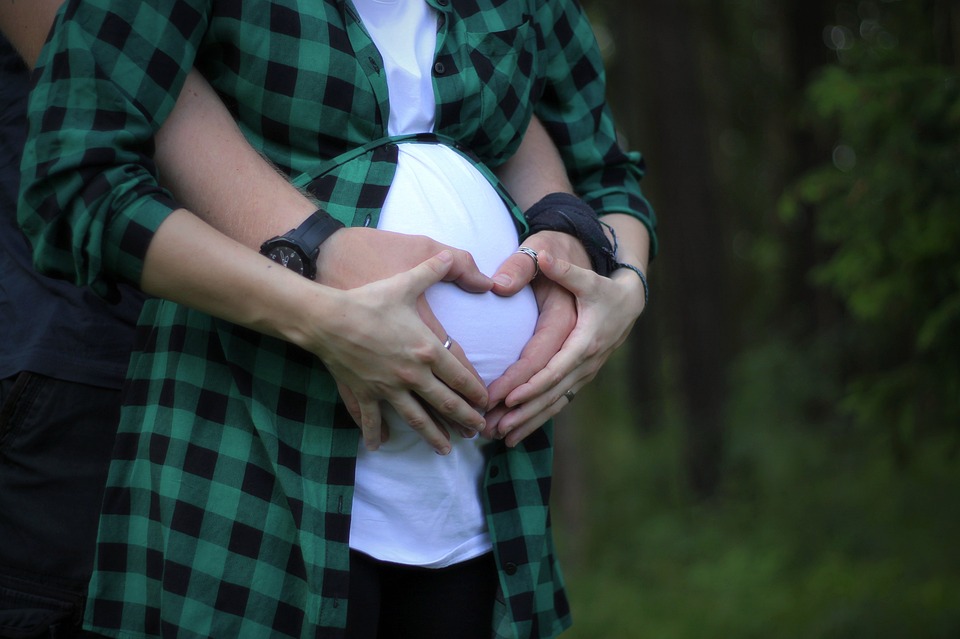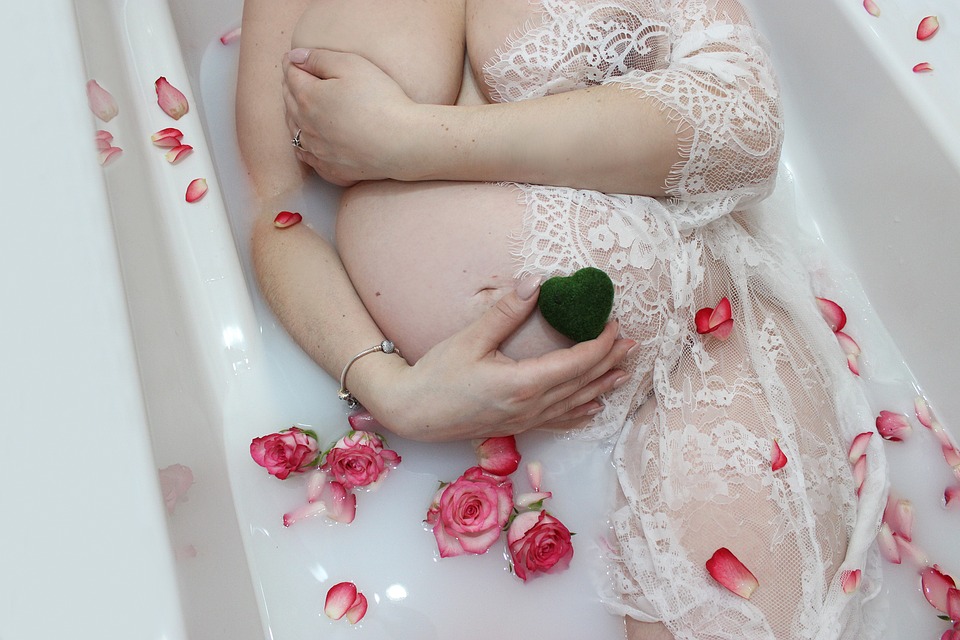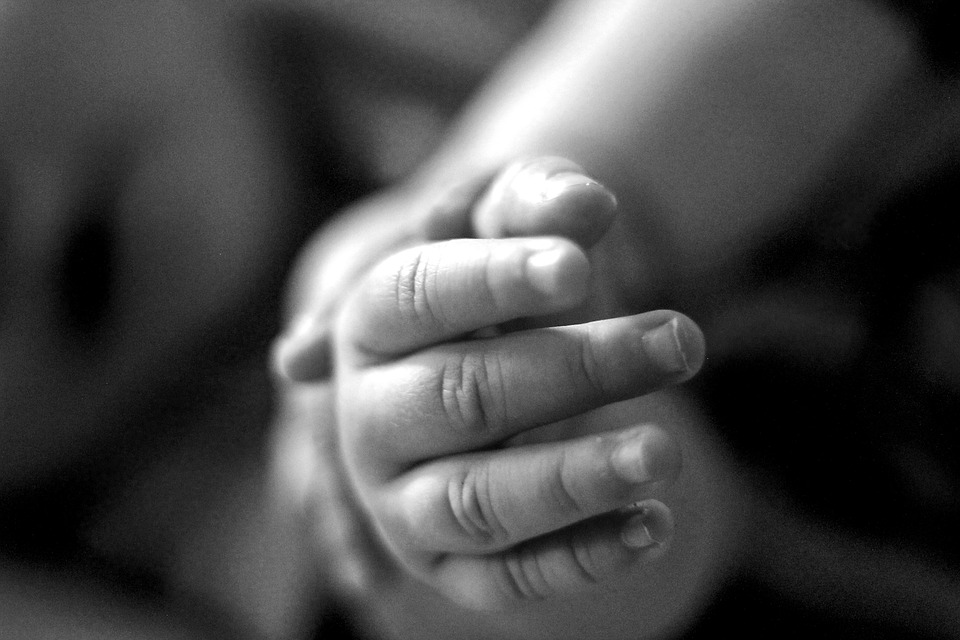
Pregnancy is a beautiful and miraculous journey that a woman goes through when she is expecting a baby. From the moment of conception to the moment of labor, a woman’s body undergoes countless changes and transformations to support the growth and development of her unborn child. The timeline of pregnancy is a fascinating journey that spans approximately nine months, divided into three trimesters.
Conception is the starting point of pregnancy, and it occurs when a woman’s egg is fertilized by a man’s sperm. This usually happens during ovulation, when a woman’s body releases an egg into her fallopian tube. The sperm must then travel through the cervix and uterus to reach the egg and fertilize it. Once fertilization occurs, a zygote is formed, which is the first stage of development for the fertilized egg.
After fertilization, the zygote begins to divide and grow rapidly, forming a blastocyst. The blastocyst then travels through the fallopian tube to the uterus, where it implants itself into the uterine lining. This process is known as implantation and marks the beginning of pregnancy. At this stage, the blastocyst is now called an embryo, and it begins to develop rapidly, forming the beginnings of the baby’s body and organs.
The first trimester of pregnancy is a time of rapid growth and development for the embryo. By week six, the embryo’s heart begins to beat, and by week eight, all major organs and body systems have begun to form. By the end of the first trimester, the embryo is now called a fetus, and it is about the size of a lime. During this time, many women experience common pregnancy symptoms such as morning sickness, fatigue, and mood swings.
The second trimester of pregnancy is often referred to as the “honeymoon phase” because many women start to feel better and have more energy during this time. The fetus continues to grow and develop rapidly, and by the end of the second trimester, it is about the size of a banana. This is also the time when most women have their first ultrasound, where they can see their baby’s development and hear their heart beating. Many women also begin to feel their baby move for the first time during the second trimester, a magical moment known as “quickening.”
The third trimester of pregnancy is the final stretch before labor and delivery. The fetus continues to grow and develop, and by the end of the third trimester, it is about the size of a watermelon. During this time, the fetus starts to gain weight rapidly, and the mother may experience common pregnancy symptoms such as back pain, swelling, and difficulty sleeping. Many women also have regular prenatal appointments during the third trimester to monitor the baby’s growth and development.
As the due date approaches, many women start to experience signs of labor, such as contractions, bloody show, and the breaking of the water. Labor can be a long and intense process, lasting anywhere from a few hours to a few days. During labor, the mother’s body works hard to bring her baby into the world, with the help of contractions and the dilation of the cervix. Once the cervix is fully dilated, the mother begins to push, and after a few final pushes, the baby is born.
The moment of birth is a magical and emotional moment for both the mother and the baby. The baby is finally able to take its first breath of air and experience the outside world for the first time. The mother is overcome with emotions of joy and relief as she holds her newborn baby in her arms. The bond between mother and baby is instant and unbreakable, a connection that will last a lifetime.
After the baby is born, the mother’s body undergoes further changes as it begins the process of postpartum recovery. The uterus begins to contract and shrink back to its pre-pregnancy size, and the mother may experience vaginal bleeding and soreness. Breastfeeding also begins during this time, as the mother’s body produces milk to nourish her baby. The first few weeks after birth are a time of adjustment and bonding for both the mother and the baby, as they get to know each other and settle into their new roles.
In conclusion, the timeline of pregnancy is a beautiful and miraculous journey that spans approximately nine months. From the moment of conception to the moment of labor, a woman’s body undergoes countless changes and transformations to support the growth and development of her unborn child. Pregnancy is a time of joy, anticipation, and wonder, as a new life is brought into the world. It is a journey that is unique to each woman and each baby, a journey that is filled with love, hope, and endless possibilities.

